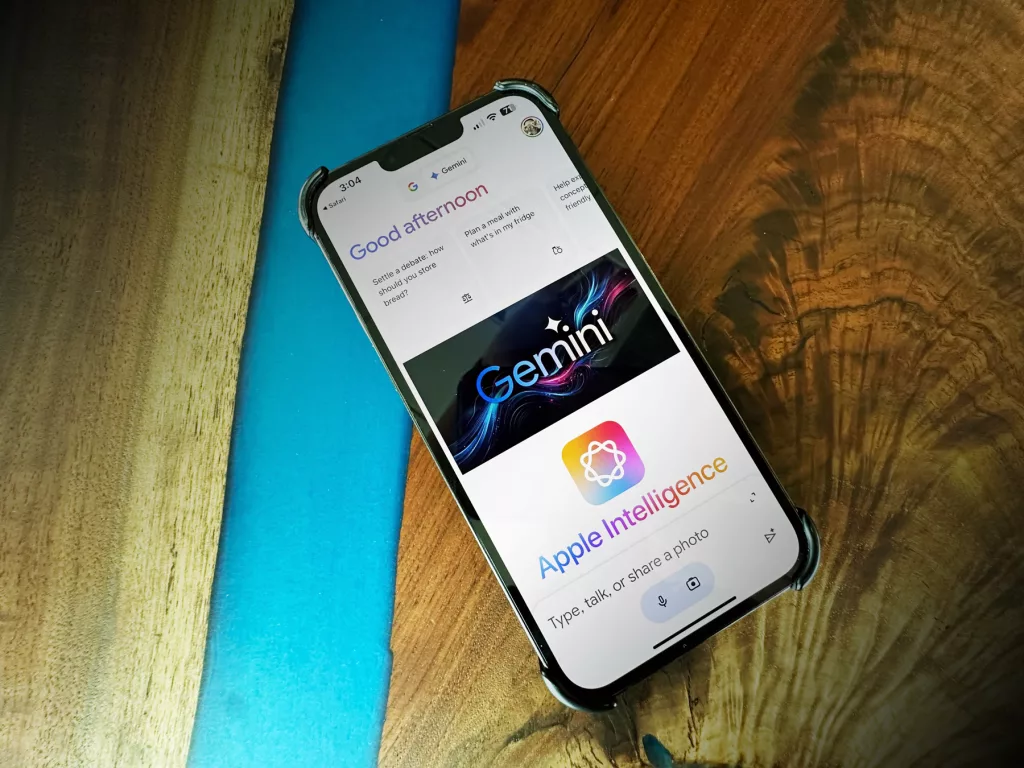B2B email marketing can be pretty different from B2C. The sales cycles are often longer and the audience is more niche and informed. This requires a more sophisticated approach, focusing on building relationships and providing value over time. Understanding your audience’s specific needs, pain points, and decision-making processes is key.
The Subject Line is the Most Important Part of Any Email
Think of the subject line as your email’s welcoming handshake. In just a handful of words, it’s your chance to spark curiosity, highlight the email’s value, and motivate the reader to dive in on open your email. Here’s how successful B2B subject lines stand out:
- Offer value: Make it clear what benefits await inside, showcasing the immediate advantage of opening the email.
- Ignite curiosity: Intrigue your audience in an honest way, tempting them to discover what lies beyond the subject line. FOMO works great here.
- Personalize: Aim for a personal touch that goes beyond simply using the recipient’s name, making the email feel tailored and relevant. Include their job title or industry to show you really know who they are.
The Art of Personalization
Personalization is key to standing out, but this goes beyond just addressing the recipient by their first name. Effective personalization involves:
- Segmenting your email list: Tailor your emails based on industry, company size, role in the company, or previous interactions with your content.
- Customizing content: Use the data you have on your segments to customize the content of your emails, making it relevant and engaging for each recipient.
Content That Converts
The core of your email should provide substantial value, positioning your brand as a thought leader and solution provider in your industry. Content that resonates with B2B audiences includes:
- Educational content: Insights, how-tos, and case studies that help your audience overcome their challenges.
- Industry news and trends: Curated content that keeps your audience informed of the latest developments in their field.
- Product updates or service enhancements: Information on how your solutions can further help them achieve their goals, framed in a way that focuses on the benefits to them.
And don’t over-stuff it. Focus in on one main topic or CTA and make the most of your reader’s often short attention span.
Designing for Engagement
An email’s design can significantly impact its readability and engagement. The design should be clean, professional, and mobile-friendly, considering many B2B professionals check their email on the go or out in the field. Key design considerations include:
- Simple, clean layout: Avoid clutter to make your key message stand out.
- Visuals: Use images or graphics sparingly but effectively to support your message.
- Clear call-to-action (CTA): Make it easy for your readers to understand what action you want them to take next.
Measuring Success and A/B Testing
Measuring the impact of your email campaigns is crucial for understanding what resonates with your audience and what doesn’t. Key performance indicators (KPIs) to track include open rates, click-through rates, and conversion rates. Use this data to:
- Refine your strategy: Continuously optimize your emails based on performance metrics.
- A/B testing: Experiment with different subject lines, content formats, and CTAs to see what yields the best results.
A/B testing is vital, but don’t waste time testing things like emojis or all caps in your subject lines (we know those work), try different tones and angles related to your email content. A/B testing subject lines is one of the most important things to test as you learn what works and what doesn’t with your audience.
Build Your Relationships
Email remains one of the most effective tools in the B2B marketer’s arsenal, capable of building connections, nurturing leads, and driving conversions. The key to success lies in understanding your audience, crafting messages that provide real value, and continuously refining your approach based on data and feedback. Leverage the same personas you’re using to craft your content when you create your emails.
By embracing these principles, marketers can ensure their emails not only reach the inbox but also make a lasting impact, fostering meaningful connections and driving business forward.
In the end, the goal of B2B email marketing is not just to sell, but to build relationships that are beneficial for both parties. By focusing on delivering value and relevance through every email, businesses can transform their email marketing efforts into a powerful engine for growth and customer engagement.




